Neuroscience

Neurotransmitter receptors function via various G-protein coupled and G-protein independent mechanisms that activate downstream intracellular signaling pathways such as cAMP/PKA, PI3K/AKT, phospholipase A2, and phospholipase C pathways. For instance, dopamine receptors act through adenylate cyclase to activate PKA and other signaling molecules, thereby mediate gene expression through the actions of CREB and other transcription factors. Other neurotransmitters such as NMDAR or AMPAR are associated with ion channels that control flux of Ca2+ and Na+, thus propagating the action potential across the post-synaptic neuron.
Dysfunctions in GABAergic/glutamatergic/serotonergic/dopaminergic pathways result in a broad range of neurological disorders such as chronic pain, neurodegenerative diseases, and insomnia, as well as mental disorders including schizophrenia, bipolar disorder, depression, and addiction.
-
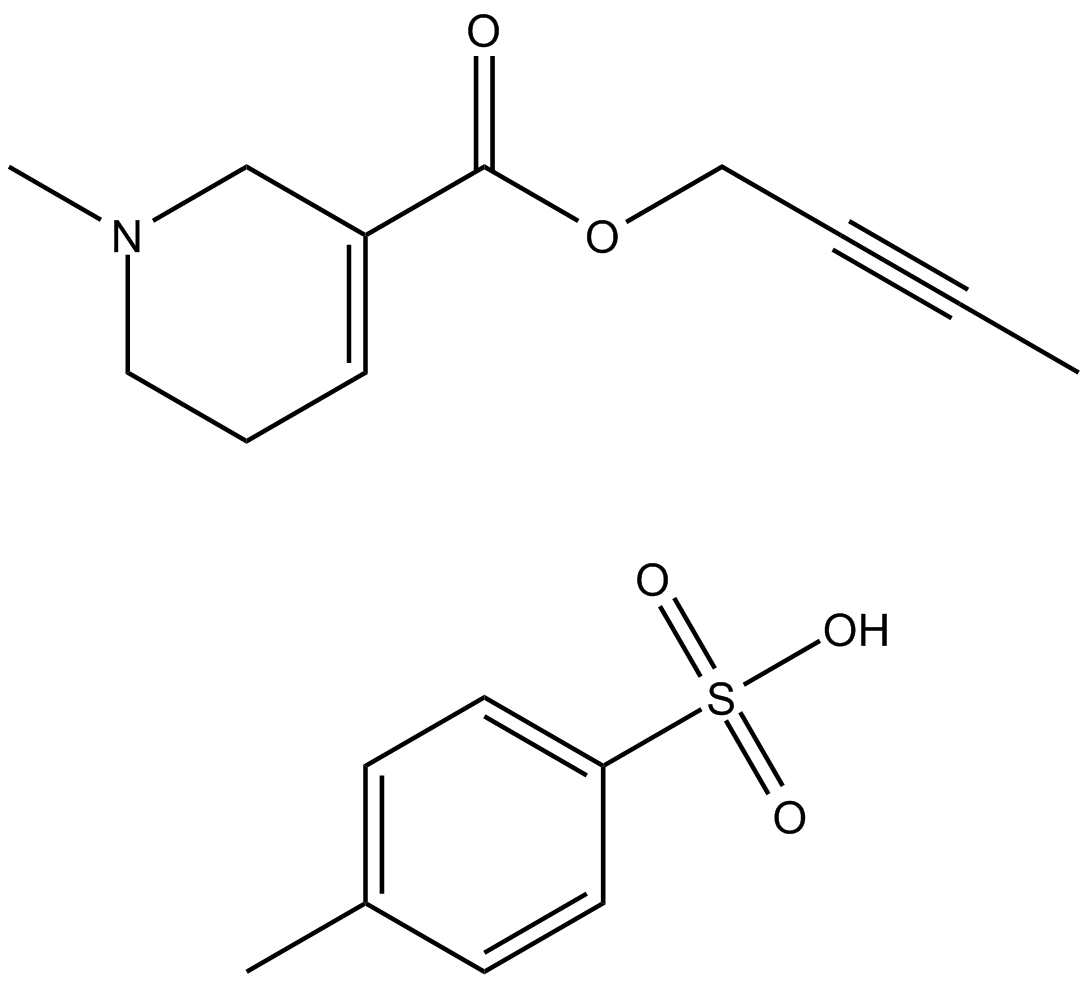 B6283 Arecaidine but-2-ynyl ester tosylateSummary: mAChR M2 agonist
B6283 Arecaidine but-2-ynyl ester tosylateSummary: mAChR M2 agonist -
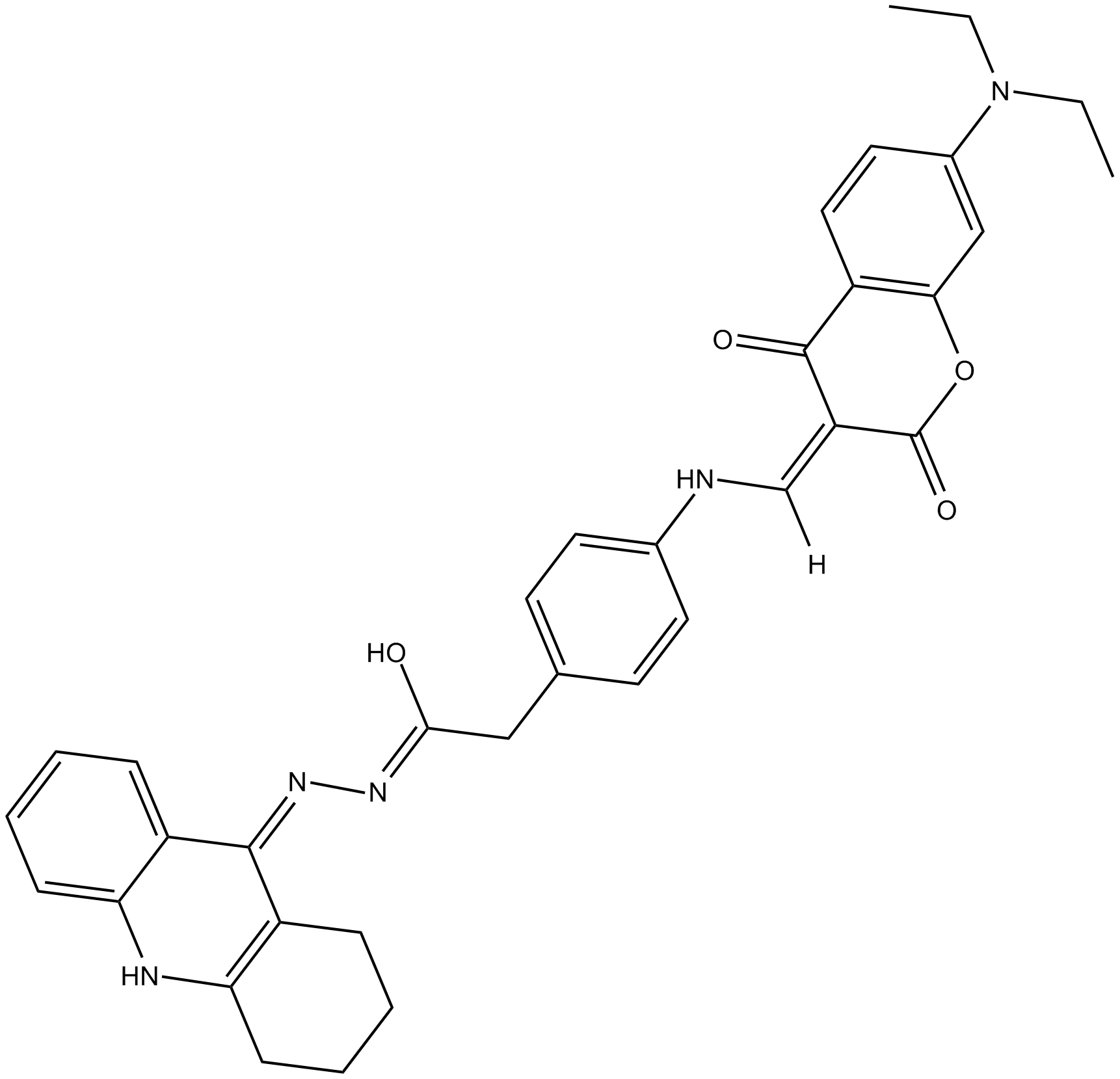 B7585 PE 154Summary: human acetylcholinesterase (AChE) and butyrylcholinesterase (BChE) inhibitor
B7585 PE 154Summary: human acetylcholinesterase (AChE) and butyrylcholinesterase (BChE) inhibitor -
 A3330 CP-809101Summary: 5-HT2C receptor agonist
A3330 CP-809101Summary: 5-HT2C receptor agonist -
 A8451 Ipratropium BromideSummary: AChR antagonist
A8451 Ipratropium BromideSummary: AChR antagonist -
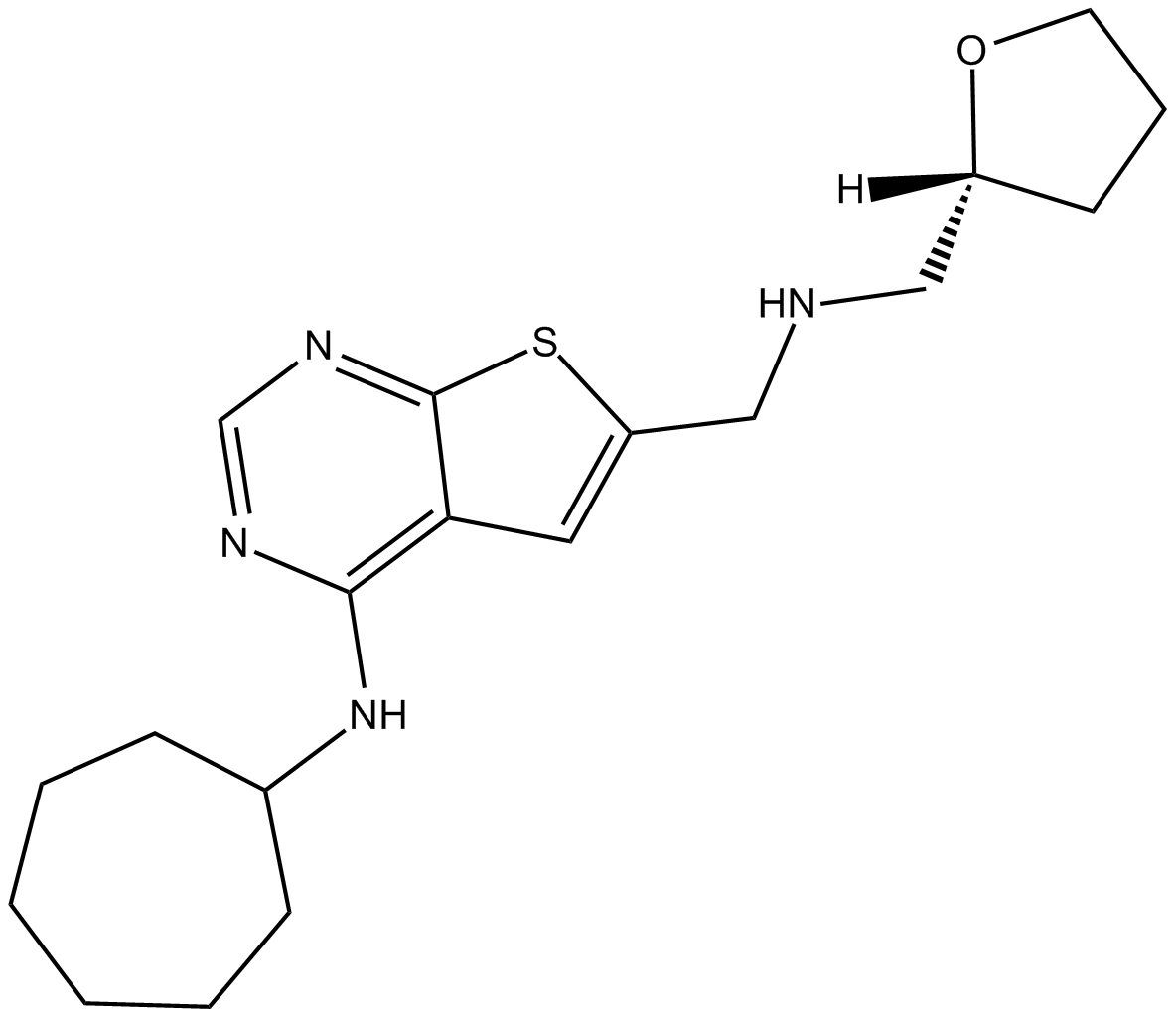 B5355 YM 230888Summary: Selective mGlu1 antagonist
B5355 YM 230888Summary: Selective mGlu1 antagonist -
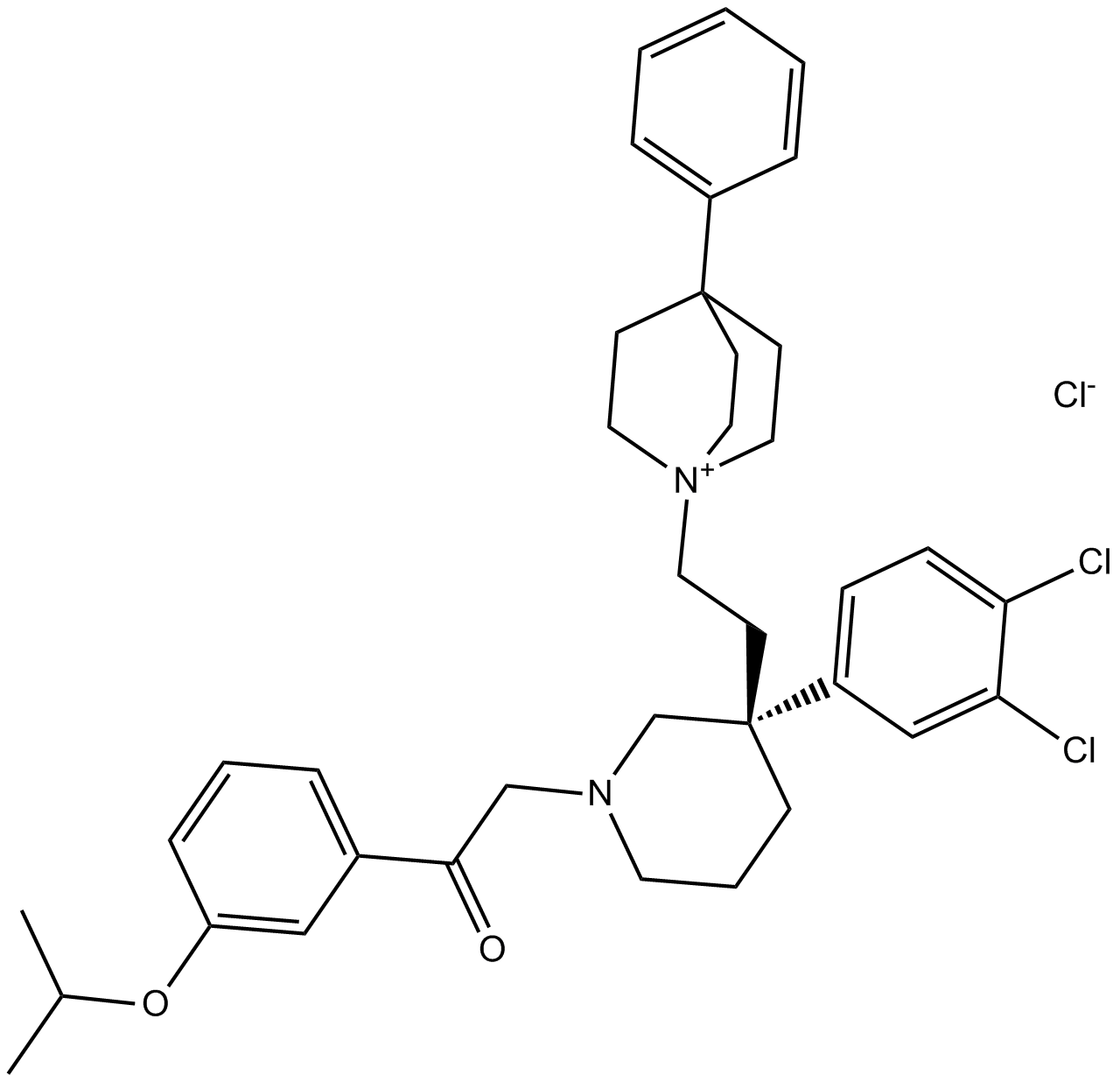 B5510 SR 140333Summary: NK1 receptor antagonist
B5510 SR 140333Summary: NK1 receptor antagonist -
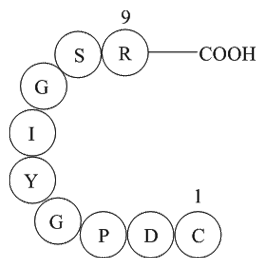 A1023 Laminin (925-933)2 CitationSummary: Extracellular matrix glycoprotein
A1023 Laminin (925-933)2 CitationSummary: Extracellular matrix glycoprotein -
 B6130 Trihexyphenidyl hydrochlorideSummary: antiparkinsonian agent of the antimuscarinic class
B6130 Trihexyphenidyl hydrochlorideSummary: antiparkinsonian agent of the antimuscarinic class -
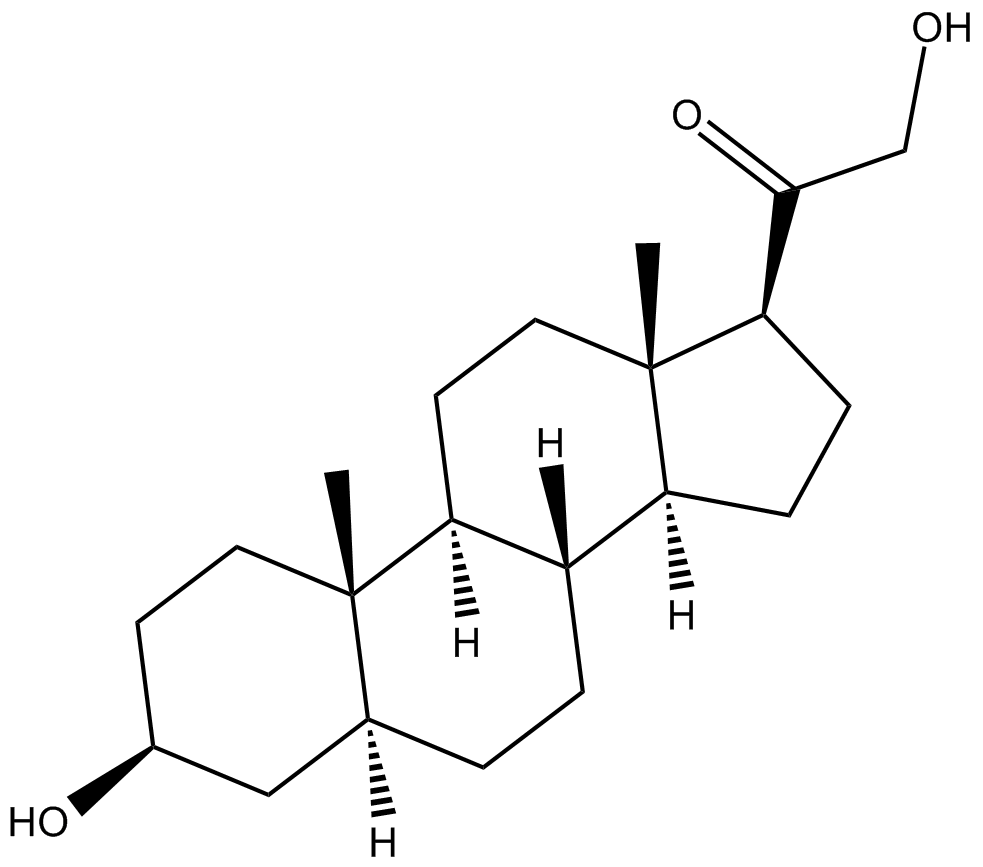 C4172 EpiallopregnanoloneSummary: inactive as a GABAA receptor modulator and used as a control substance to examine GABA neurotransmission.
C4172 EpiallopregnanoloneSummary: inactive as a GABAA receptor modulator and used as a control substance to examine GABA neurotransmission. -
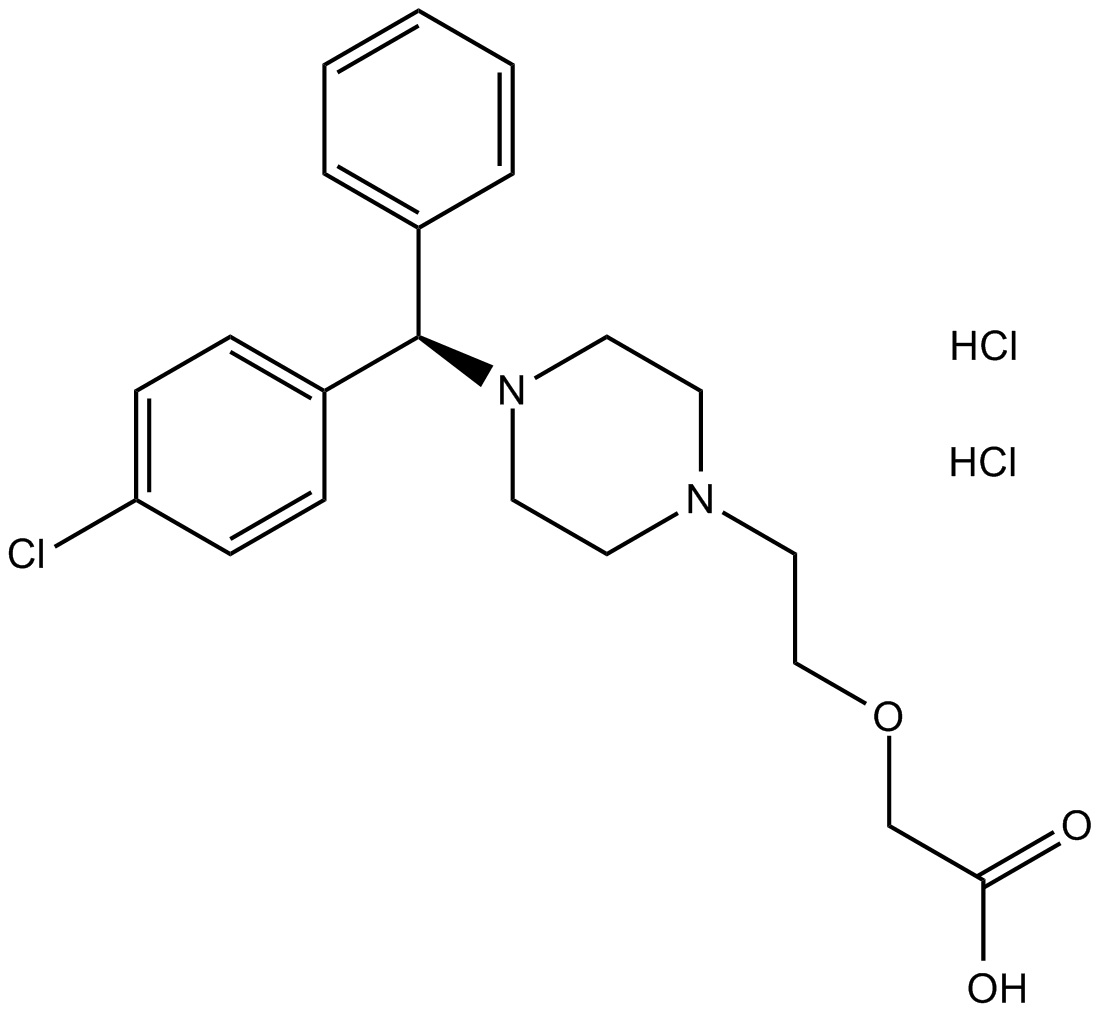 B1547 Cetirizine DiHClTarget: Histamine H1 ReceptorsSummary: H1 receptor inverse agonist
B1547 Cetirizine DiHClTarget: Histamine H1 ReceptorsSummary: H1 receptor inverse agonist

